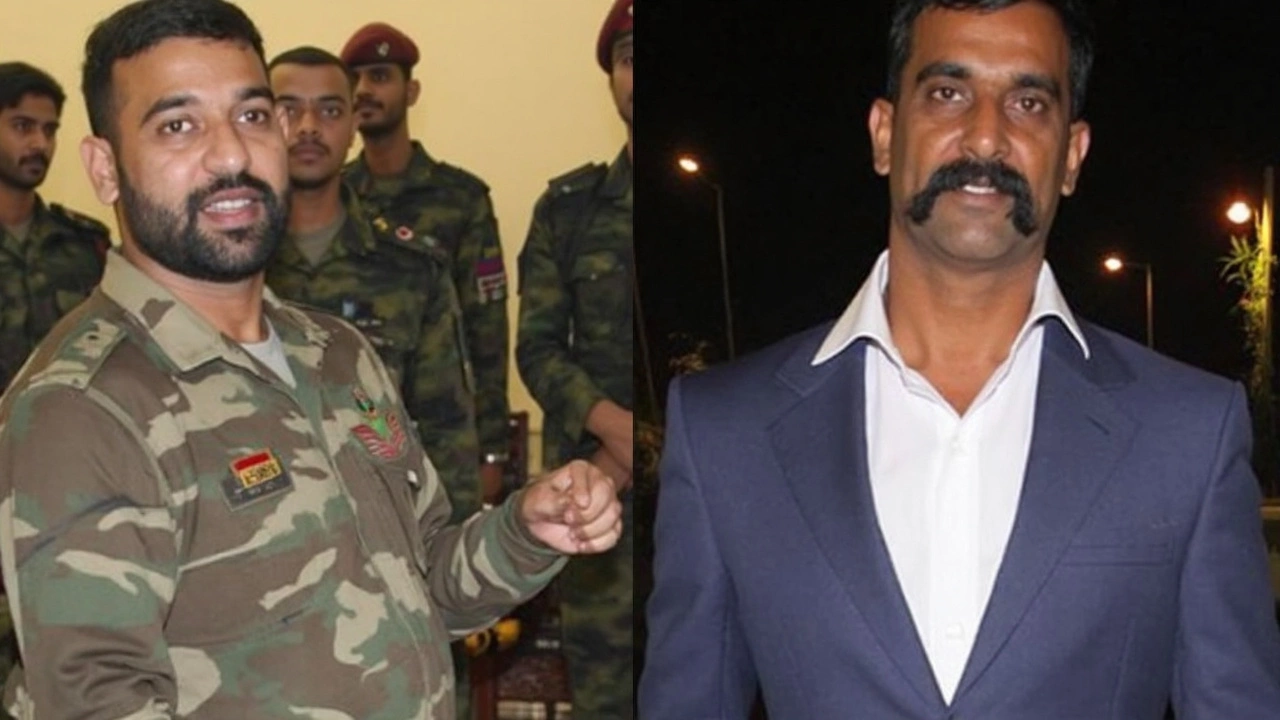SSG Commando Ahmed Khan: From Propaganda Videos to Fatal LoC Encounter
If you watched any news during the Pulwama-Balakot flare-up, you probably saw the footage: a stoic, blindfolded Wing Commander Abhinandan Varthaman, coffee cup in hand, flanked by armed Pakistani troops. One of them stood out—Ahmed Khan, a senior subedar from Pakistan’s Special Service Group (SSG), not just posing for the cameras, but orchestrating much of what played out off-screen. By August 2019, his story took a swift turn on the Line of Control, ending with a bullet in disputed territory.
Khan’s name rarely appeared in mainstream headlines, but within military and intelligence circles, he was anything but anonymous. He was the man who, less than six months earlier, had been at the center of the drama after India’s MiG-21 Bison was shot down. Khan led the group that hauled Varthaman from his parachute landing site and later hovered in the background during those televised interrogations and supposed ‘hospitality’ sessions that became instant propaganda.
But his role didn’t end with capturing an Indian pilot. The SSG, often called “Pakistan’s Black Storks,” holds a dark reputation along the LoC, and Khan was no exception. Indian security sources say he was the go-to guy for cross-border infiltration, a fixer who didn’t just train Jaish-e-Mohammed militants but walked them to the fences. Sectors like Nowshera, Sundarbani, and Pallan Wala regularly saw his shadow as he shuffled infiltrators past sentries and into territory bristling with sensors and razor wire.
The Incident: Retaliatory Strike Near the LoC
By mid-August, the tension along the Line of Control had reached one of its periodic boiling points. Pakistani mortars thundered into the Nakyal sector, providing what Indian commanders say was classic smoke-and-thunder cover for infiltration. Khan, leading from the front, slipped across with his team, thinking he’d evade detection again. He got it wrong. Indian forces picked up movement, set a trap, and waited. In a brief, fierce burst of fire, Khan was downed—his end covered by the same guns that had sheltered his operations for years.
The aftermath was quick and public. Pakistani authorities, forced to admit the loss, released photos to prove his death wasn’t just another rumor swirling in propaganda mills. Indian analysts confirmed from those images: this was the same man whose face had become familiar after those February videos—the commando who turned Abhinandan into a trophy and an icon overnight. His death, military officials said, wasn’t just payback; it yanked out a key node in Pakistan’s cross-border operations machine.
Khan’s fate marks a rare moment when backroom operatives at the shadowy edges of conflict come suddenly into the spotlight—first as a symbol of national triumph and then as a casualty in the endless, grinding attrition along the world’s most tightly-watched border.
